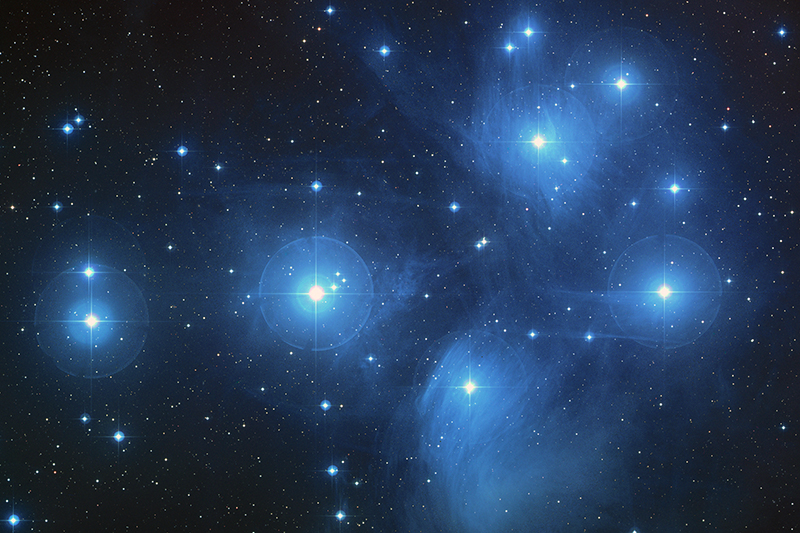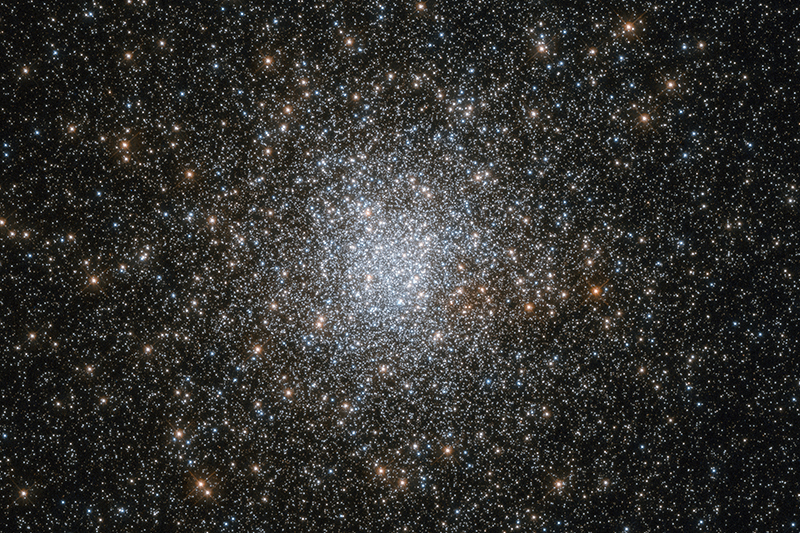Star clusters (although there are also galaxies) are stellar groupings linked by gravity, smaller than a galaxy, but robust enough as a structure. In this sense, there are larger and smaller star clusters, as well as different arrangements of their components.

They divide into clusters open and cumulus globular; The first type has a more or less separate, open and expanded structure of its component stars: the relationship between its elements is visually noticeable, in a "dispersed" area that allows individual bodies to be distinguished; the second type, on the other hand, has a more compressed structure, in the shape of a "balloon" (hence its name), where its component stars are more closely packed and close together. Globular clusters are also often called "closed" clusters.
Currently, most open and globular clusters are classified in the Messier and NGC catalogue, with Omega Centauri being the largest known so far.
Star clusters, groupings of stars

Regarding both types of clusters, they are less rich in stars and easier to observe. The main ones can be seen with the naked eye, such as the Pleiades and Hyades in the constellation of Taurus or the Manger in Cancer.
Globular clusters are richer in stars, although somewhat more difficult to observe, in the sense that it will be difficult for us to visually resolve most of their individual components, since in small telescopes they appear as "blobs" of light, as if they were a single object.
Star clusters are helping astronomers to better understand stellar evolution, since it has been determined that globular clusters present numerous and old stars, while open clusters present fewer and younger stars.
Star clusters form at the same time from a molecular cloud. Amateur observation of star clusters requires dark skies, and they are one of the objects that is usually seen much better with binoculars than with a telescope, since most occupy a wide field of view. It has been discovered that globular clusters are among the oldest objects in the Universe, because their composition of ancient stars gives us good clues about the early stages of the Universe, and the first generations of stars that formed from the Big Bang.

